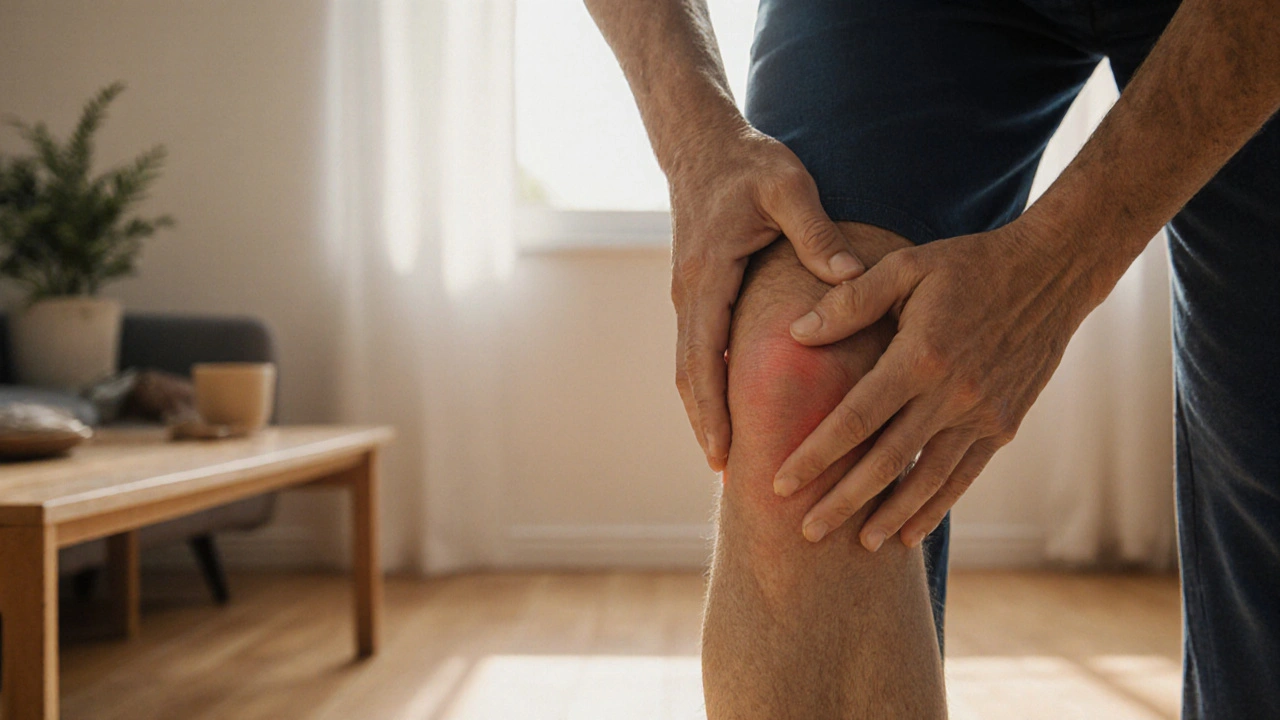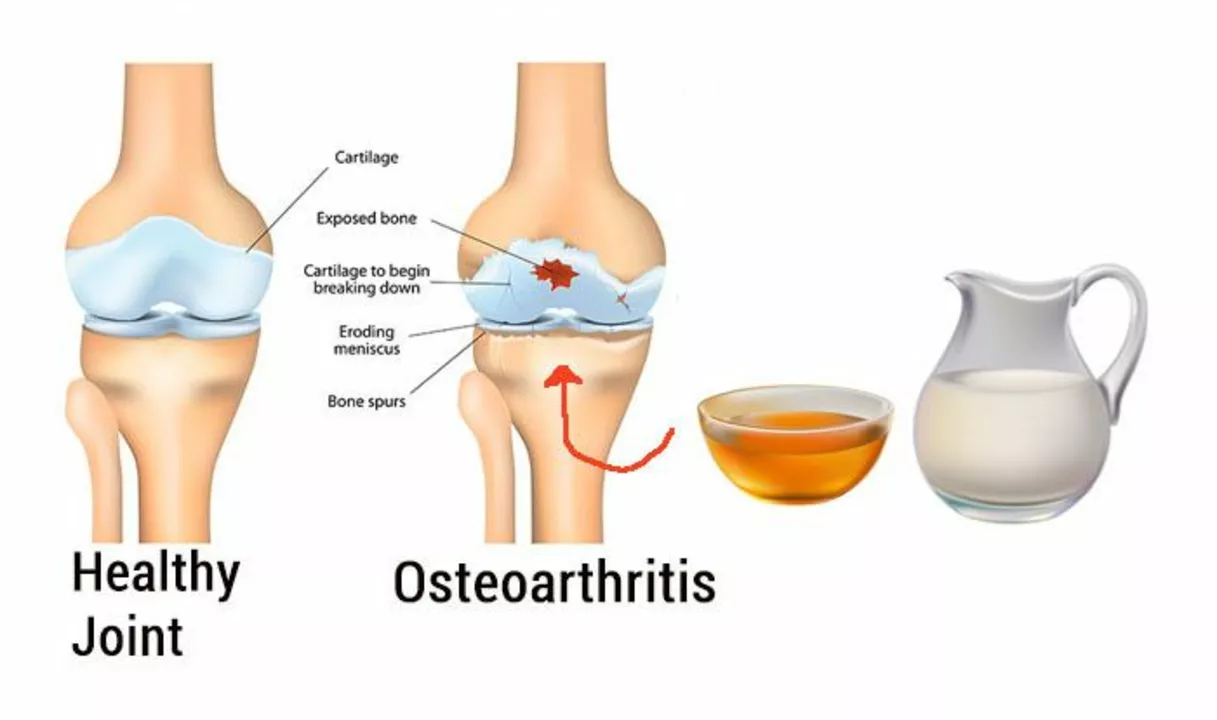Osteoarthritis: what it is and what you can do today
Osteoarthritis is the wear-and-tear arthritis that affects joints. Cartilage thins, bones rub, and that leads to pain, stiffness, and less range of motion. It can show up in knees, hips, hands, or the spine. You don’t have to accept constant pain—small changes can help a lot.
Spot the common signs
Look for joint pain that gets worse with activity and improves with rest. Stiffness is worst after sitting or first thing in the morning. You might hear a grinding or cracking sound when moving the joint. Swelling and tenderness can happen, especially during flare-ups. If daily tasks like climbing stairs or opening jars get harder, it’s time to act.
Practical steps that help now
Move more, but be smart. Low-impact exercise—walking, swimming, cycling—keeps joints lubricated and builds muscle that supports them. Add simple strength moves for the muscles around the joint; stronger muscles reduce joint load. Try short sessions several times a week rather than long, painful workouts.
Lose excess weight if you can. Even small weight loss reduces knee load—roughly 4 pounds less pressure on the knee for every pound lost. That adds up fast and cuts pain.
Use hot packs for stiffness and cold packs for swelling or sharp pain. Braces or shoe inserts can improve alignment and take pressure off painful joints. Physical therapy can teach you the right exercises and walking patterns to protect joints.
Over-the-counter options include acetaminophen and NSAIDs like ibuprofen or naproxen. Topical NSAID creams can work well for knees and hands with fewer stomach side effects. Still, talk with your doctor or pharmacist before starting meds—NSAIDs can affect the stomach, kidneys, or interact with other drugs.
For flare-ups, a doctor may suggest corticosteroid injections to reduce inflammation short-term. Hyaluronic acid injections are another option for some knee patients. These are tools for specific cases—not everyday fixes.
Supplements such as glucosamine and chondroitin show mixed results in studies. Some people feel better; others see no change. If you try them, give a few months and discuss with your clinician to avoid interactions with other meds.
Surgery is on the table when pain limits life and conservative care fails. Joint replacement works well for many people, especially hip and knee replacements. Talk through risks, recovery time, and realistic goals with a surgeon.
If pain wakes you up, if a joint swells a lot, or if you can’t do basic tasks, see a doctor. Early steps—exercise, weight control, simple meds, and physical therapy—often slow progression and improve daily life. A pharmacist can also help with safe medication choices and over-the-counter options.
Osteoarthritis doesn’t have to define your days. With the right mix of movement, support, and medical advice, you can reduce pain and keep doing what matters to you.
Understanding Primary vs. Secondary Osteoarthritis: Key Differences Explained
Learn the key differences between primary and secondary osteoarthritis, how they're diagnosed, and tailored treatment approaches for each type.
MoreThe Impact of Osteoarthritis on Quality of Life: Strategies for Coping
Osteoarthritis has a significant impact on our quality of life, as it limits our mobility and causes persistent pain. To cope with this condition, we can adopt strategies such as engaging in low-impact exercises, which help in maintaining joint flexibility and reducing stiffness. Another useful approach is seeking professional help from physical therapists, who can guide us through tailored exercises and pain management techniques. Additionally, maintaining a healthy weight and eating a balanced diet can aid in reducing pressure on our joints. Lastly, it's essential to keep a positive mindset and reach out to support groups or therapists to discuss our emotions and challenges in dealing with osteoarthritis.
More

